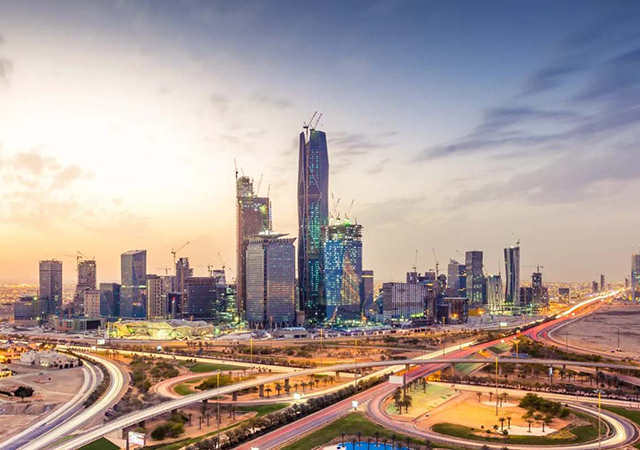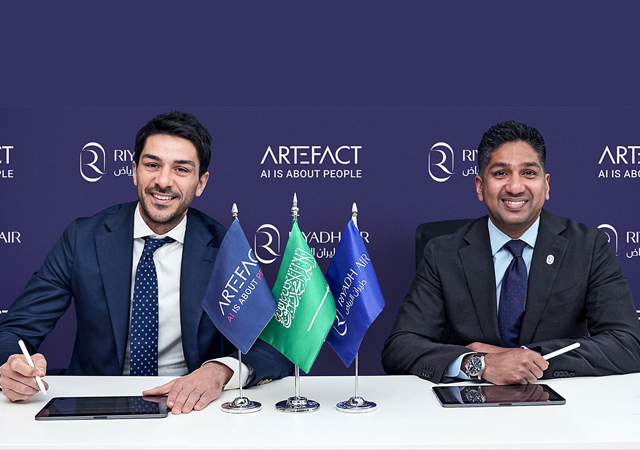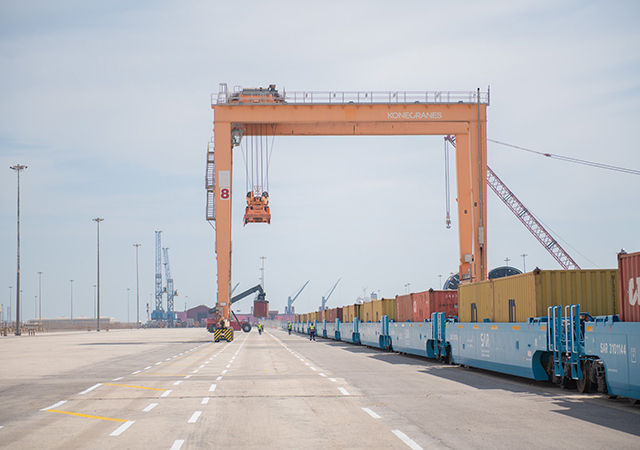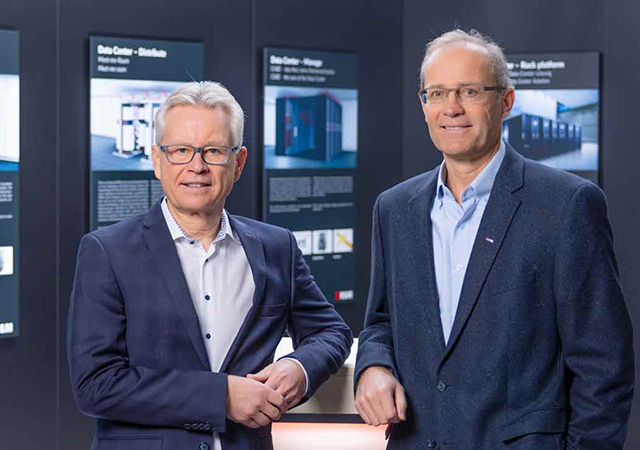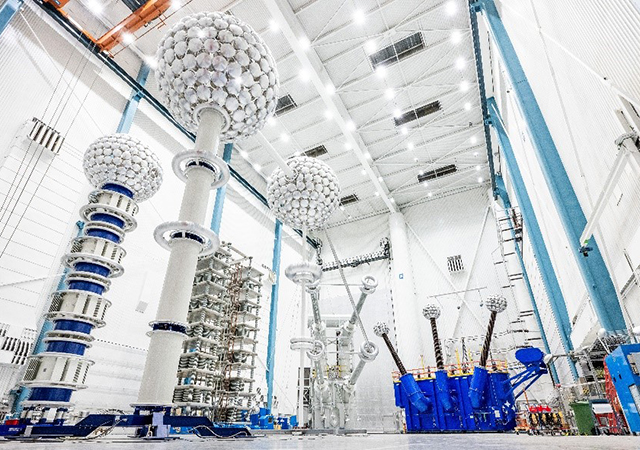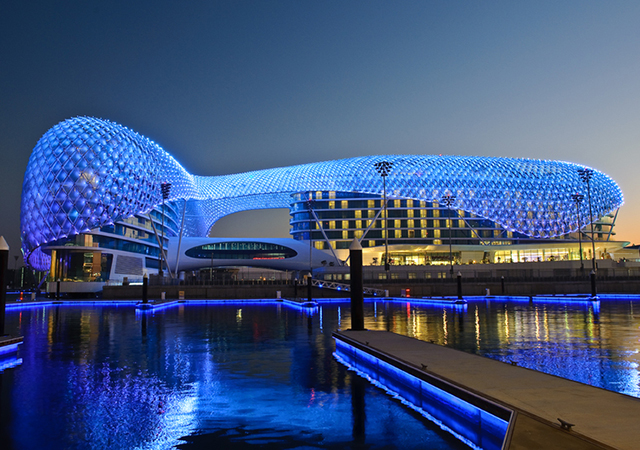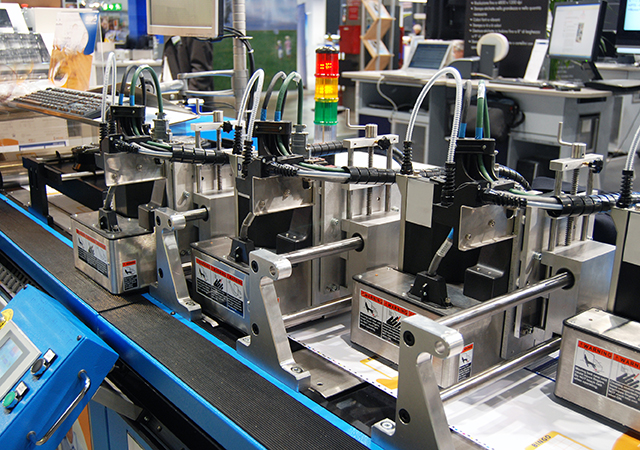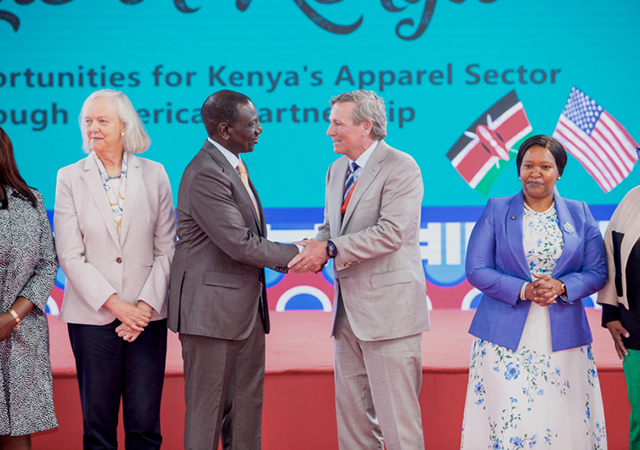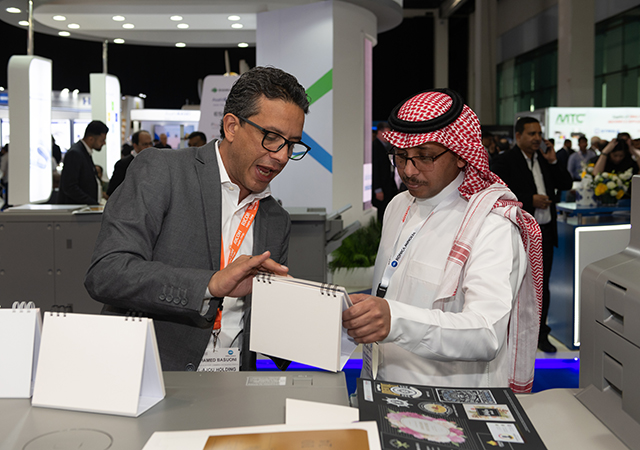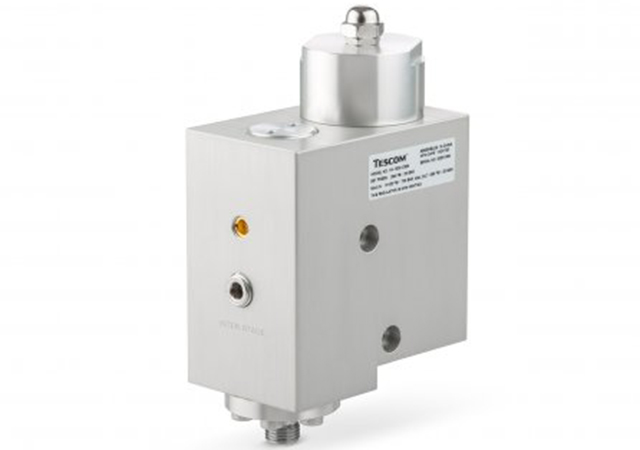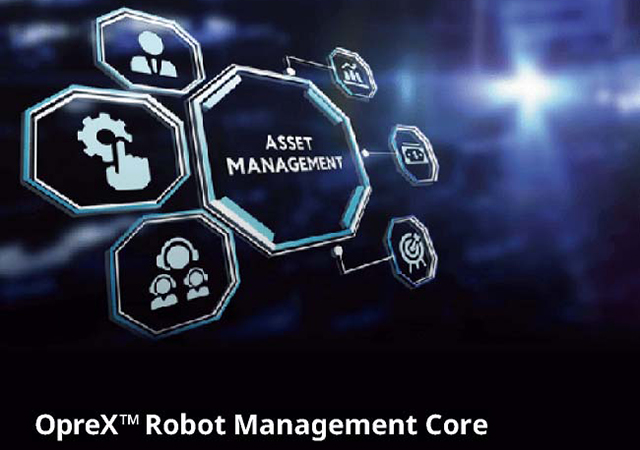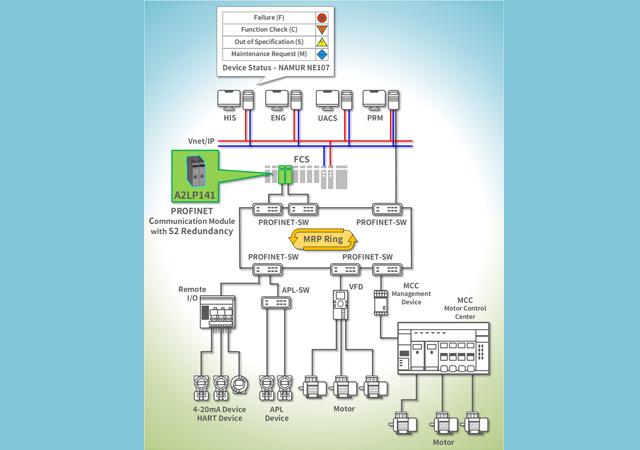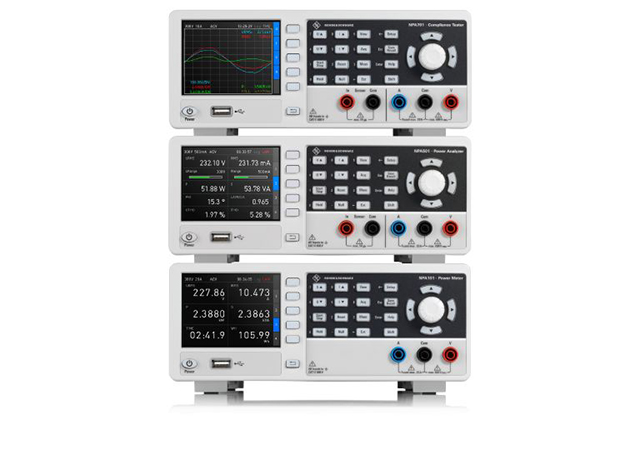
 IEA sees steel needing to cut global emissions by 50 per cent by 2050
IEA sees steel needing to cut global emissions by 50 per cent by 2050
The International Energy Agency (IEA) expects the steel industry to depend more on technological enhancements, scrap recycling and carbon capture and storage to cut emissions by 50 per cent amid ambitious climate goals, with significant coal use persisting through 2050 even with growth in hydrogen, S&P Global Platt said in a report.
The IEA expects global steel production to rise by a third by 2050, after the current slump in output outside China caused by the coronavirus pandemic, the Paris-based organisation said in its latest Iron and Steel Technology Roadmap report.
With growth in steel output, the resultant energy needs may challenge emissions reductions from the steel industry, a major emitter of carbon dioxide accounting for 7 per cent of global direct energy-related emissions.
 |
|
Coking coal is expected to retain large share in ironmaking for foreseeable future |
“To meet global energy and climate goals, emissions from the steel industry must fall by at least 50 per cent by 2050, with continuing declines towards zero emissions being pursued thereafter,” the IEA said.
The IEA’s Sustainable Development Scenario targets average direct CO2 emissions intensity of steel production to decline 60 per cent by 2050, to 0.6 mt of CO2/mt of crude steel, from a rate of 1.4 mt of CO2 currently, with a 90 per cent cut in emissions by 2070.
“Without targeted measures to reduce demand for steel where possible, and an overhaul of the current production fleet, CO2 emissions are projected to continue rising, despite a higher share of less energy intensive secondary production, to 2.7 gigatons/year of CO2 by 2050 – 7 per cent higher than today,” the IEA said.
Hydrogen may contribute a small fraction to the emissions reductions needed.
Hydrogen-based direct reduced iron (DRI) is estimated to take up less than 15 per cent of primary steel production globally by 2050 with additional potential for steelmaking from use of fossil fuel-based blue hydrogen with carbon capture and storage, the IEA said.
The steel sector had a direct and indirect emissions rate of 2 mt of CO2/mt of crude steel in 2019, with the IEA using 2.2 mt of CO2/mt for blast furnace and basic oxygen furnace route, EAF at 0.3 mt of CO2/mt of crude steel, and natural gas DRI and EAF route at 1.4 mt of CO2/mt of crude steel.
Coking coal and coke may be displaced slowly, due to lack of comparable substitutes in iron reduction and pace of development for alternatives.
“The steel sector is currently the largest industrial consumer of coal, which provides around 75 per cent of its energy demand,” the IEA added.
The IEA expects coal to remain a key input to the iron and steel sector, under both its baseline and sustainable scenarios through to 2050, with coal for ironmaking projected to drop 8 per cent by 2030 and up to 30 per cent by 2050, relative to 2019, under its most aggressive scenario for emissions cuts and investments.
CHINA EMISSIONS
With China’s surprising strong steel rebound this year, and as the largest steel producer globally, average steel emissions have been supported by the reliance in China and Asia on coal and coke-based steelmaking, mainly through blast furnaces.
The world’s largest steelmaker ArcelorMittal expects its European arm to achieve “net zero” carbon emissions by 2050 with a strategy on carbon use and storage as well as green hydrogen.
Other steel groups in Europe such as ThyssenKrupp Steel Salzgittter, Voestalpine, the Dillinger group and SSAB have announced investment plans in hydrogen injection, EAFs and new DRI plants to lower emissions, with pilot plants and energy and operational planning underway.
As steel output recovers elsewhere, and with growing pressure for emissions cuts, the IEA sees steel needing to cut global emissions by 50 per cent by 2050.
The scale of new technology such as carbon capture and storage projects, and renewable power generation tied to steel plants and green hydrogen and the roll-out of DRI modules, must be accelerated, the IEA said. This is to help meet emissions reductions goals, based on various IEA scenarios.
Hydrogen and carbon capture, use and storage (CCUS) together account for around one-quarter of the cumulative emission reductions in the IEA’s Sustainable Development Scenario for the steel industry.
The IEA added “bio energy” and direct electrification are also able to achieve “deep emission reductions in steelmaking,” and multiple new steel and iron smelting and production designs were currently under study.
Energy prices, technology costs, the availability of raw materials and regional policies were highlighted as major factors shaping steel technology in the group’s sustainable scenario.
The IEA’s wide-ranging report highlighted steel growth led by Asia resulting in global blast furnace fleet of around 13 years of age on average, which is less than a third of the typical lifetime, with lingering potential for carbon emissions due to technological advances.
“If operated until the end of their typical lifetime under current conditions, these and other assets in the steel industry could lead to around 65 gt CO2 of cumulative emissions. This would exhaust most of the CO2 budget compatible with a sustainable transition for the sector, leaving no room to maneuver for the capacity additions that will be required over the coming decades.”
– By Hector Forster and Jonathan Loades-Carter

